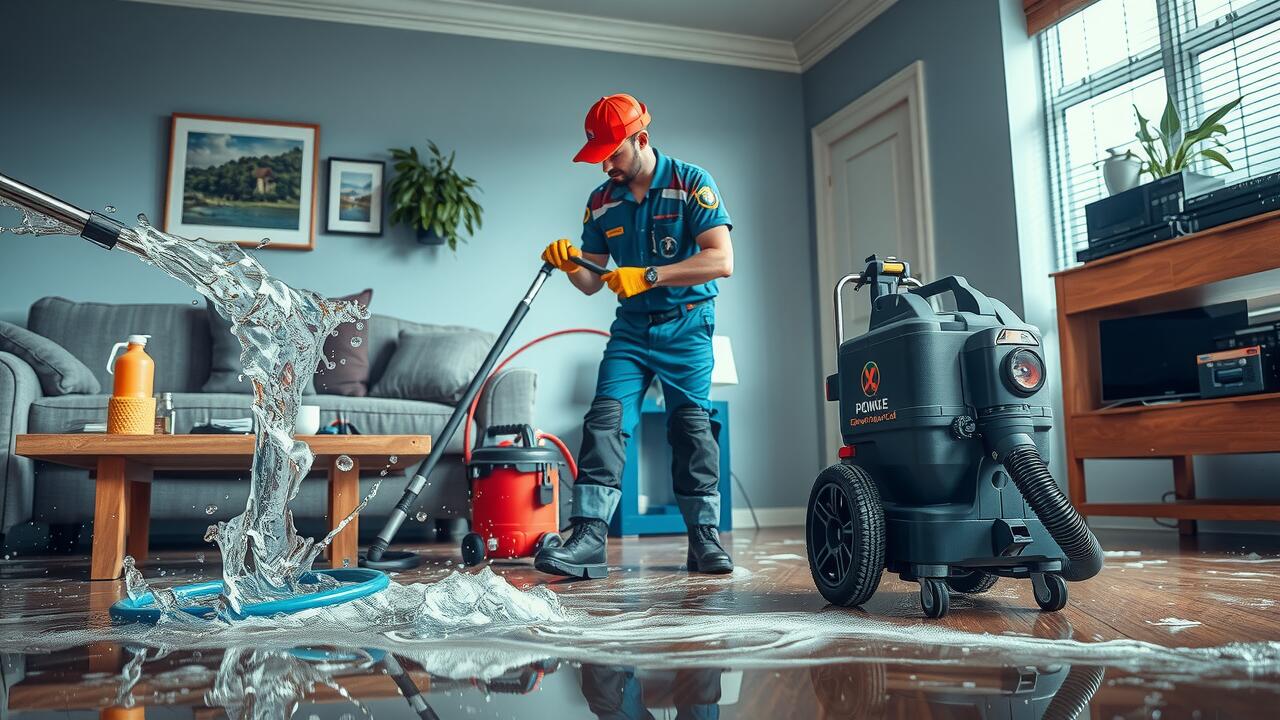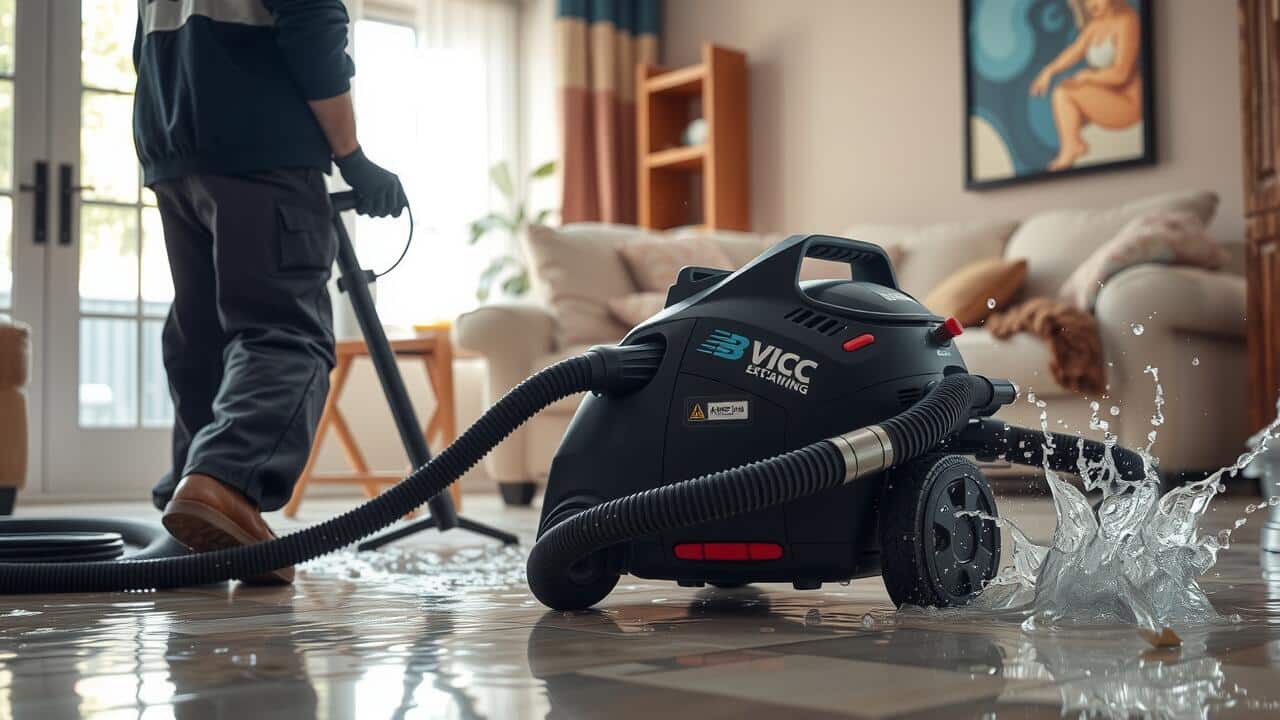
Table Of Contents
Emergency Water Storage
Emergency water storage is essential for preparedness in unexpected situations. Keep a stockpile of clean, safe water by using food-grade containers specifically designed for water storage. Large plastic jugs, such as those that hold five gallons, work well. Fill these containers with tap water, ensuring they are sealed tightly to prevent contamination. Label each container with the date of storage, and replace the water every six months to maintain freshness.
In scenarios where you need to obtain water quickly, consider techniques for Emergency Water Extraction. This can involve collecting rainwater using buckets or tarps, or using a tarp to catch condensation. Both methods can be effective in creating a temporary water supply. Additionally, look for safe sources such as streams or lakes, but remember to purify any water extracted from these sources before consumption.
Best Practices for Storing Water
To ensure the availability of safe drinking water in an emergency, proper storage practices are essential. Use clean, food-grade containers specifically designed for storing water. It is advisable to avoid using containers that once held chemicals or non-food items. Rinse the containers thoroughly before filling them. Ideally, water should be stored in a cool, dark place to prevent algae growth and other contamination. Regular checks on stored water are necessary, replacing it every six months to maintain quality.
In addition to storing water, understanding how to conduct emergency water extraction can be beneficial. Techniques like collecting rainwater or using a solar still can help supplement your supply. While these methods may require some effort, they provide valuable alternative sources of water when traditional supplies are compromised. Always ensure that any extracted water is properly filtered and treated before consumption. This added layer of precaution can safeguard health during unexpected situations.
Utilizing Household Items
In an emergency, everyday household items can serve as valuable resources for collecting water. Containers like pots, buckets, and even bathtubs can be filled with rainwater or runoff. It is essential to assess the cleanliness of these items before use. Rinsing them out can help eliminate any contaminants. Additionally, kitchen appliances like dishwashers can be another source since they hold water after each cycle. Recognizing these potential sources is crucial for effective emergency water extraction.
Innovative methods for capturing water can enhance your emergency preparedness. For instance, using a clean cloth or sponge to absorb moisture from surfaces can be an effective strategy. Once absorbed, wring out the cloth into a container for water collection. Similarly, setting out bowls or other containers to catch dew or condensation overnight can yield useful amounts of water. Employing these household strategies provides tangible options when facing a water scarcity situation.
Creative Ways to Collect Water
In an emergency, thinking creatively can lead to various effective methods of water collection. One method involves caching rainwater using simple materials like buckets or tarps. Positioning a tarp at an angle allows rain to funnel into a container, maximizing your catch. This method is not only resourceful but also efficient during storms when every drop counts. Additionally, dew collection can be done using cloth or fine mesh, which can be hung overnight to capture droplets that form in the cool night air.
Emergency water extraction from plants can also provide a vital source of hydration. Many plants, such as certain cacti and succulents, store water in their tissues. By carefully slicing the plant open or extracting moisture through other methods, you can access this critical resource. For those in wooded areas, soaking leaves or using bamboo can yield additional water, showcasing the importance of utilizing your surroundings creatively. Adapting to available resources is crucial in emergencies, and these methods can help sustain hydration needs when traditional sources are unavailable.
Avoiding Contaminated Sources
In an emergency situation, it is crucial to identify and avoid contaminated water sources. Natural bodies of water, such as rivers and lakes, may contain harmful bacteria, chemicals, or debris. Observing the water’s appearance and odor can provide essential clues about its safety. Any water that appears muddy, has an unusual color, or emits a foul smell should be considered unsafe for consumption or any use.
During emergency water extraction, choosing sources that are most likely to provide clean water is vital. Rainwater is often a safe option, providing it is collected in clean containers. Other potential sources include water from the hot water heater or pipes, but they should be accessed judiciously. Always assess any alternative sources for visible pollutants, and prioritize methods that minimize the risk of contamination.
Recognizing Unsafe Water Indicators
Identifying unsafe water is crucial during an emergency. Clear indicators include discoloration, unusual odors, and the presence of sediments. Water that appears cloudy or murky should be treated with caution. Contaminated water can carry pathogens that lead to illness. One specific concern is when water sources are close to industrial facilities or agricultural areas, which may introduce harmful chemicals.
Another important aspect to consider is the taste of the water. If it has a metallic, bitter, or chemical flavor, it may be unsafe for consumption. Emergency Water Extraction techniques can help in sourcing more water, but ensuring the safety of that water is vital. Always assess the water before using it for drinking, cooking, or personal hygiene to prevent potential health risks.
FAQS
What is the recommended amount of water to store for emergencies?
It is generally recommended to store at least one gallon of water per person per day for at least three days, but ideally, you should aim for a two-week supply.
How can I properly store water for emergencies?
Store water in clean, food-grade containers, keeping them in a cool, dark place. It’s best to rotate your supply every six months to ensure freshness.
What household items can be used to collect water during an emergency?
You can utilize items like buckets, pans, and even clean plastic bottles to collect rainwater or water from other sources if needed.
How can I identify if water is contaminated?
Look for signs such as unusual colors, odors, or floating particles. If the water tastes strange or if you suspect it has been contaminated, do not use it.
What are some creative ways to collect water in an emergency?
In addition to collecting rainwater, you can set up tarps to funnel water into containers, use condensation from surfaces, or even collect dew in the early morning.
